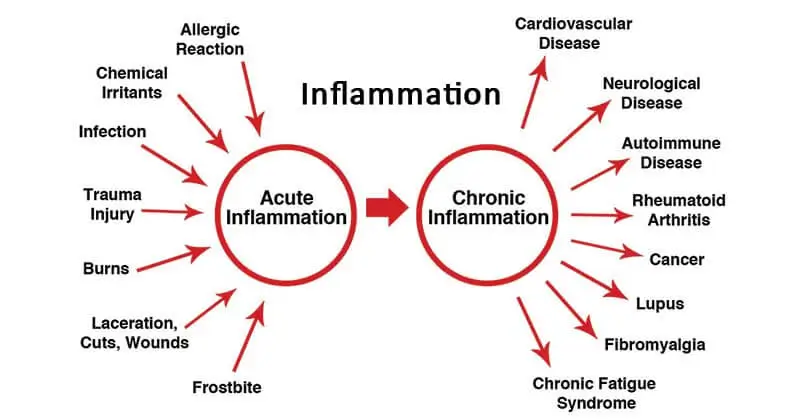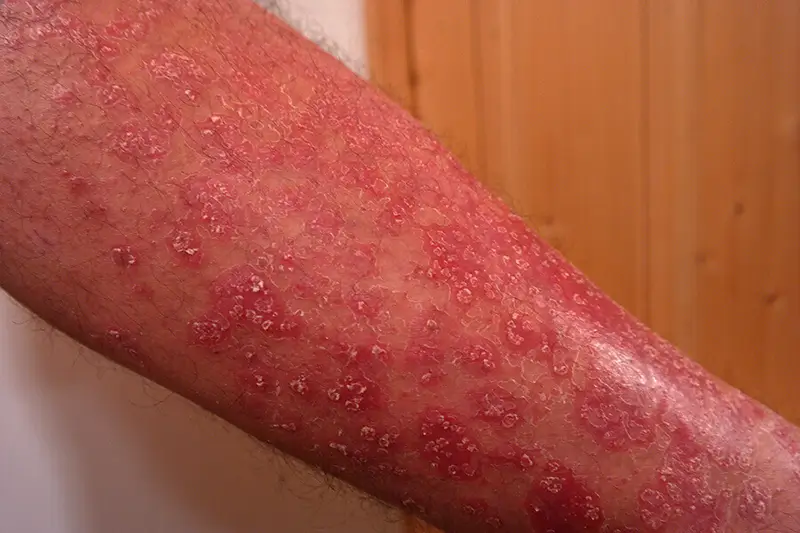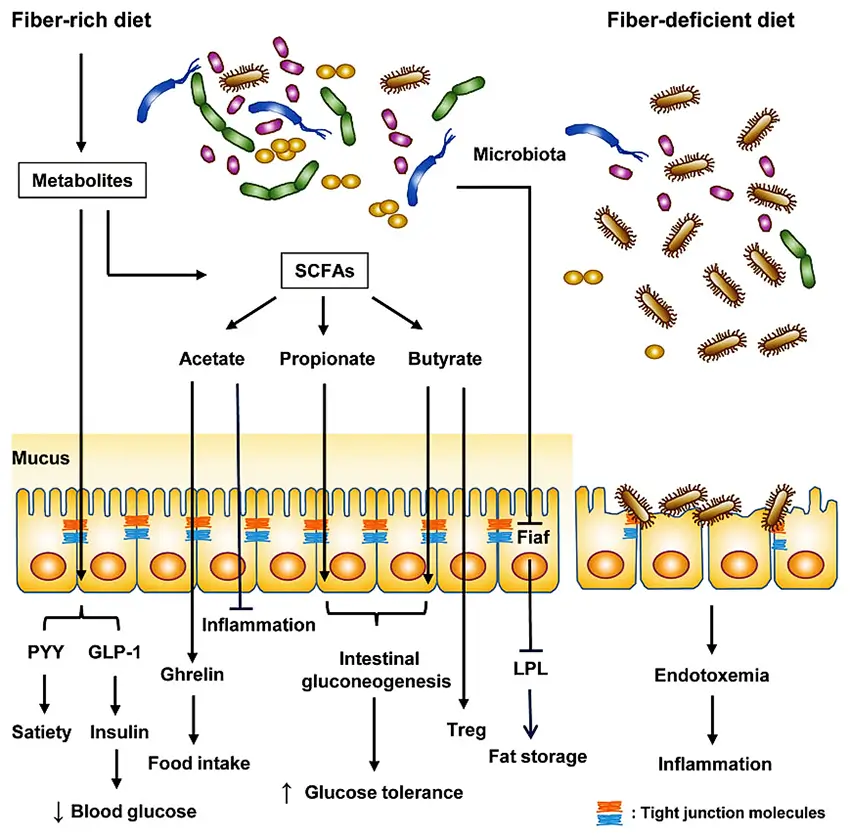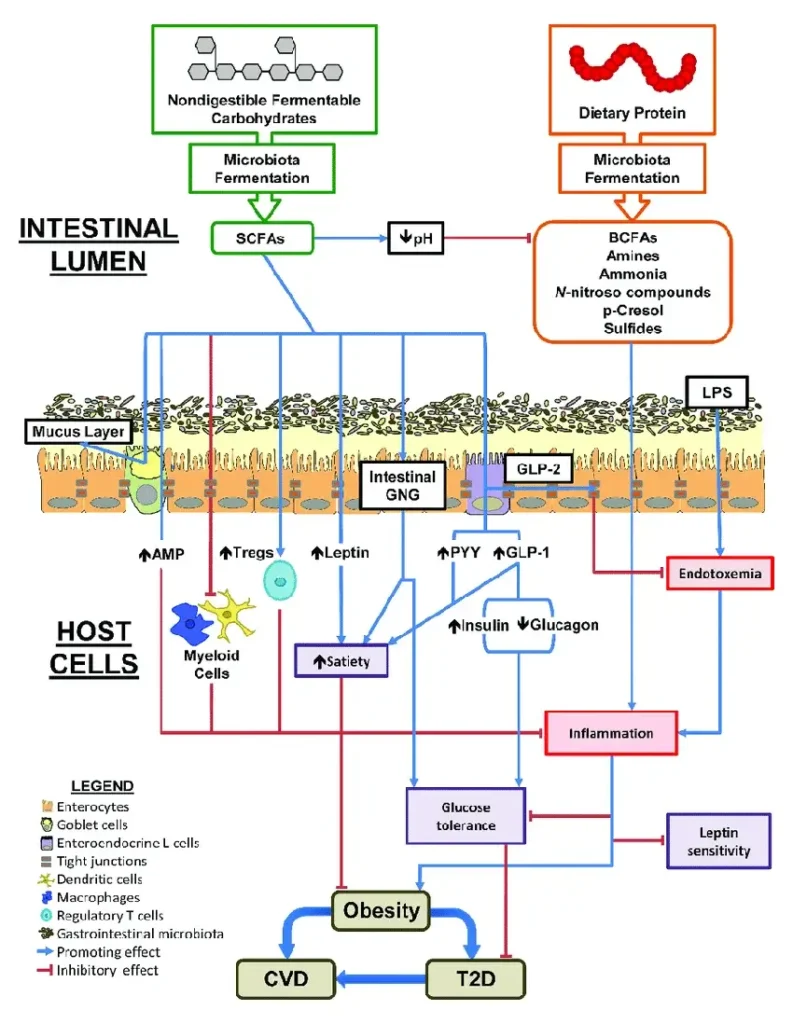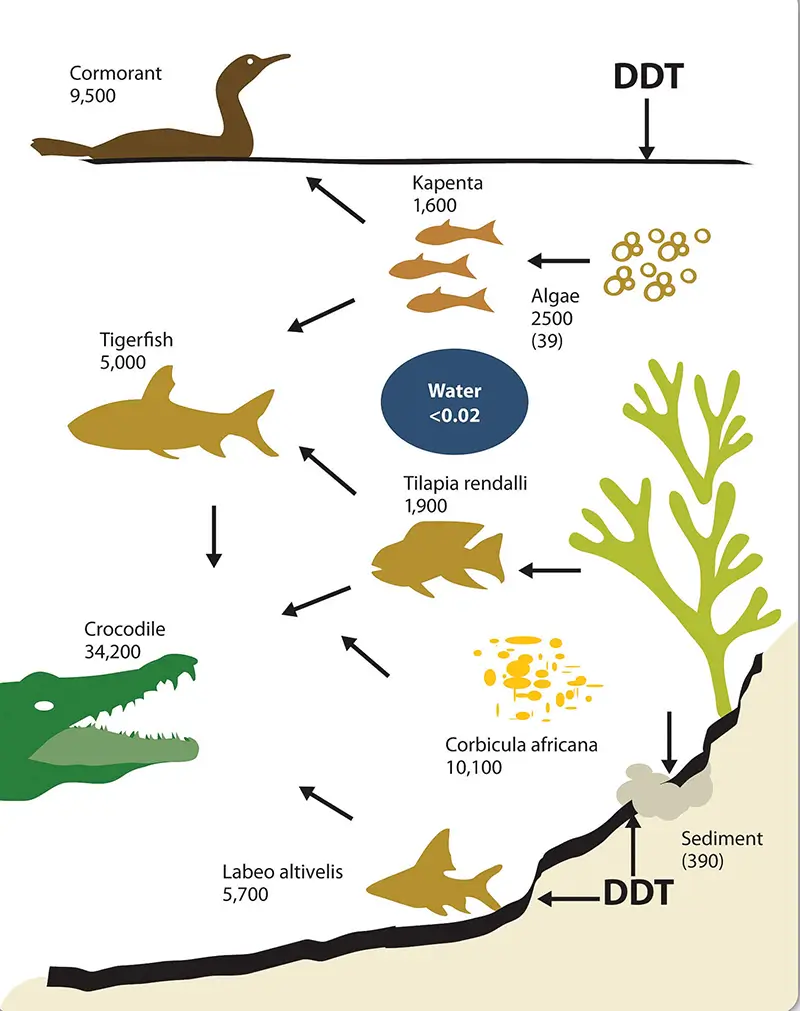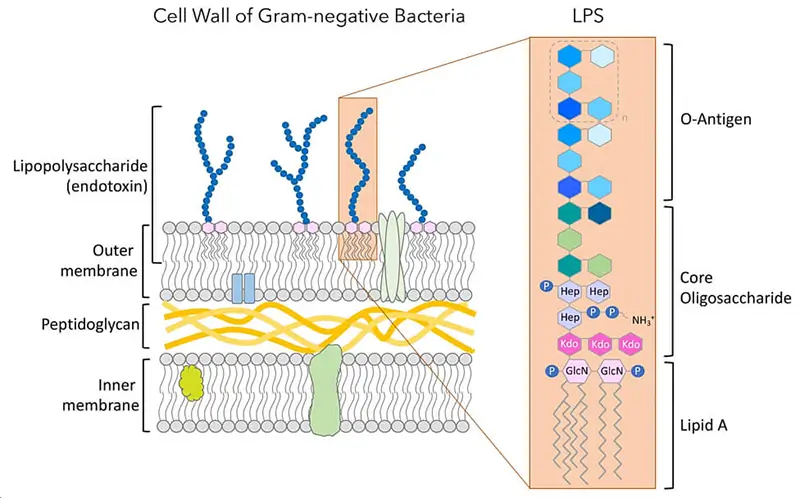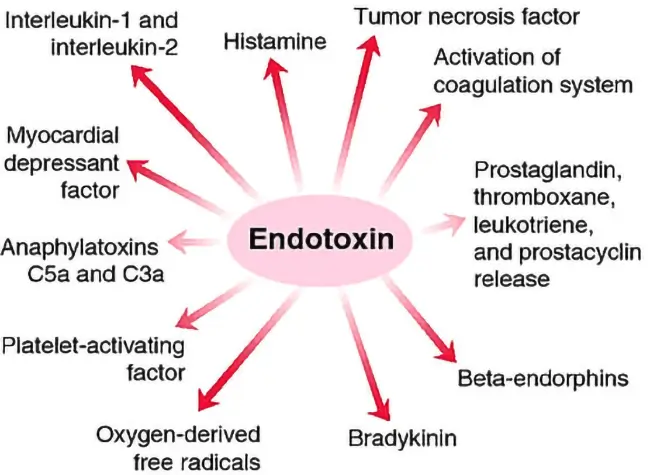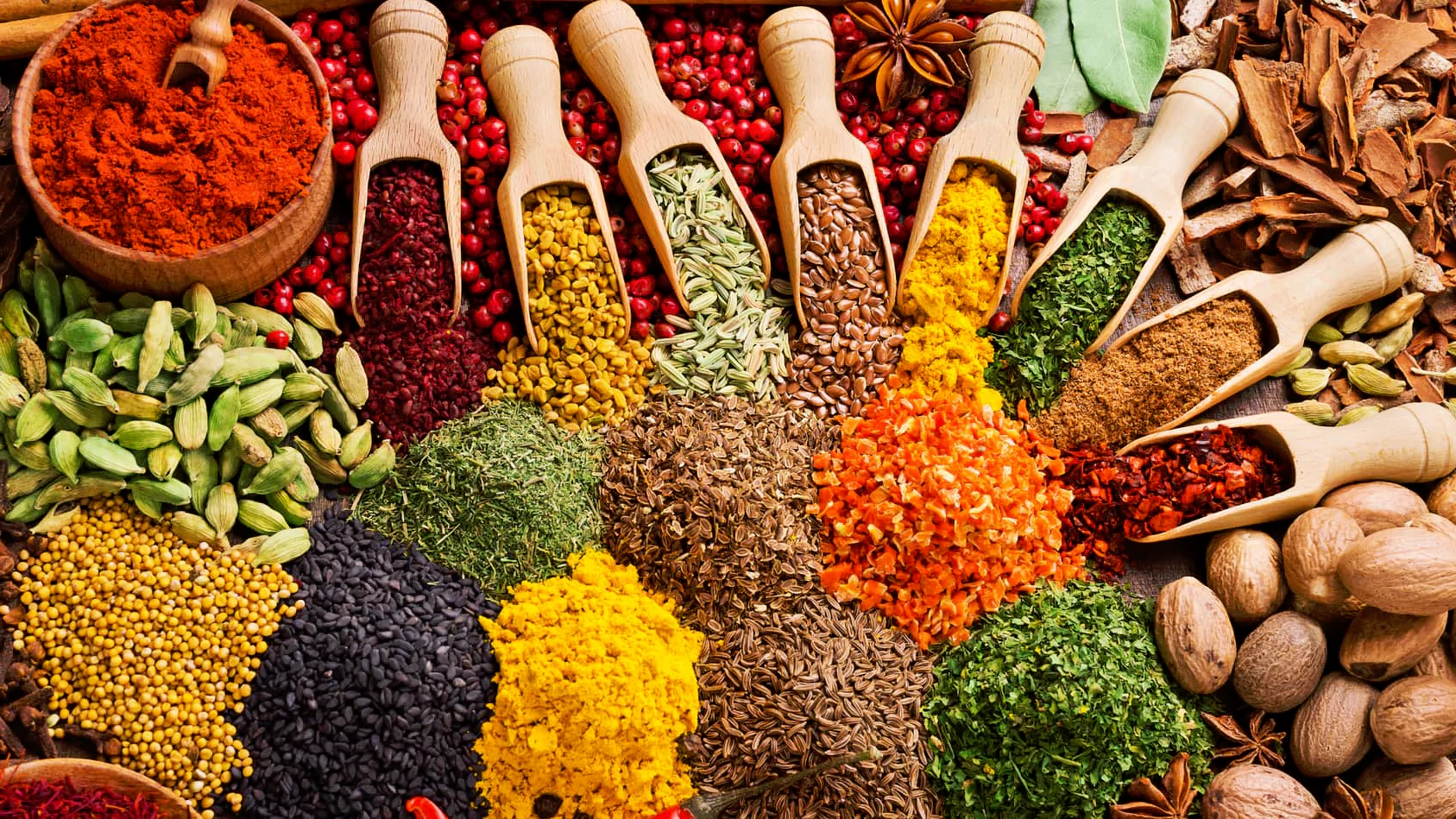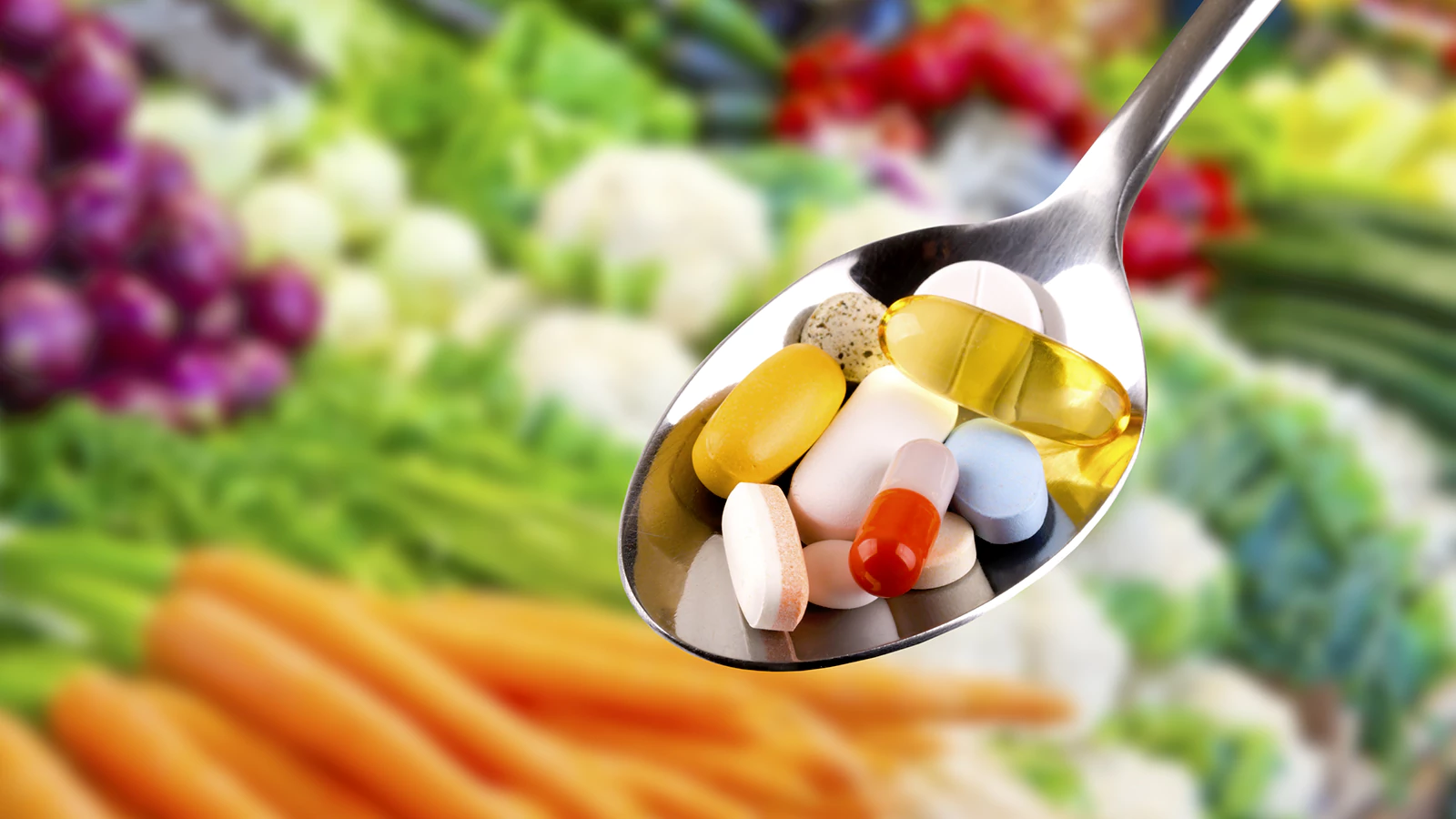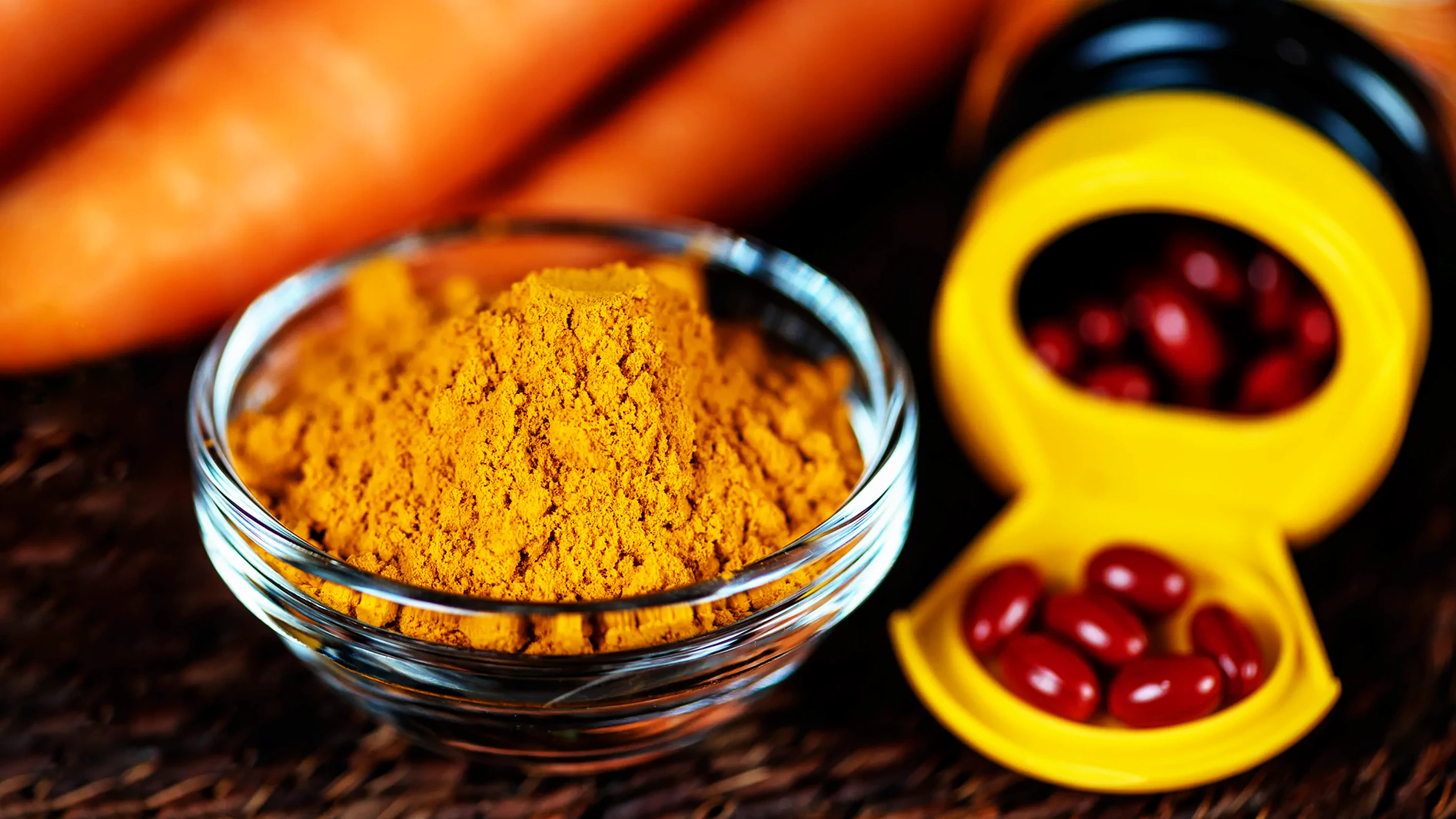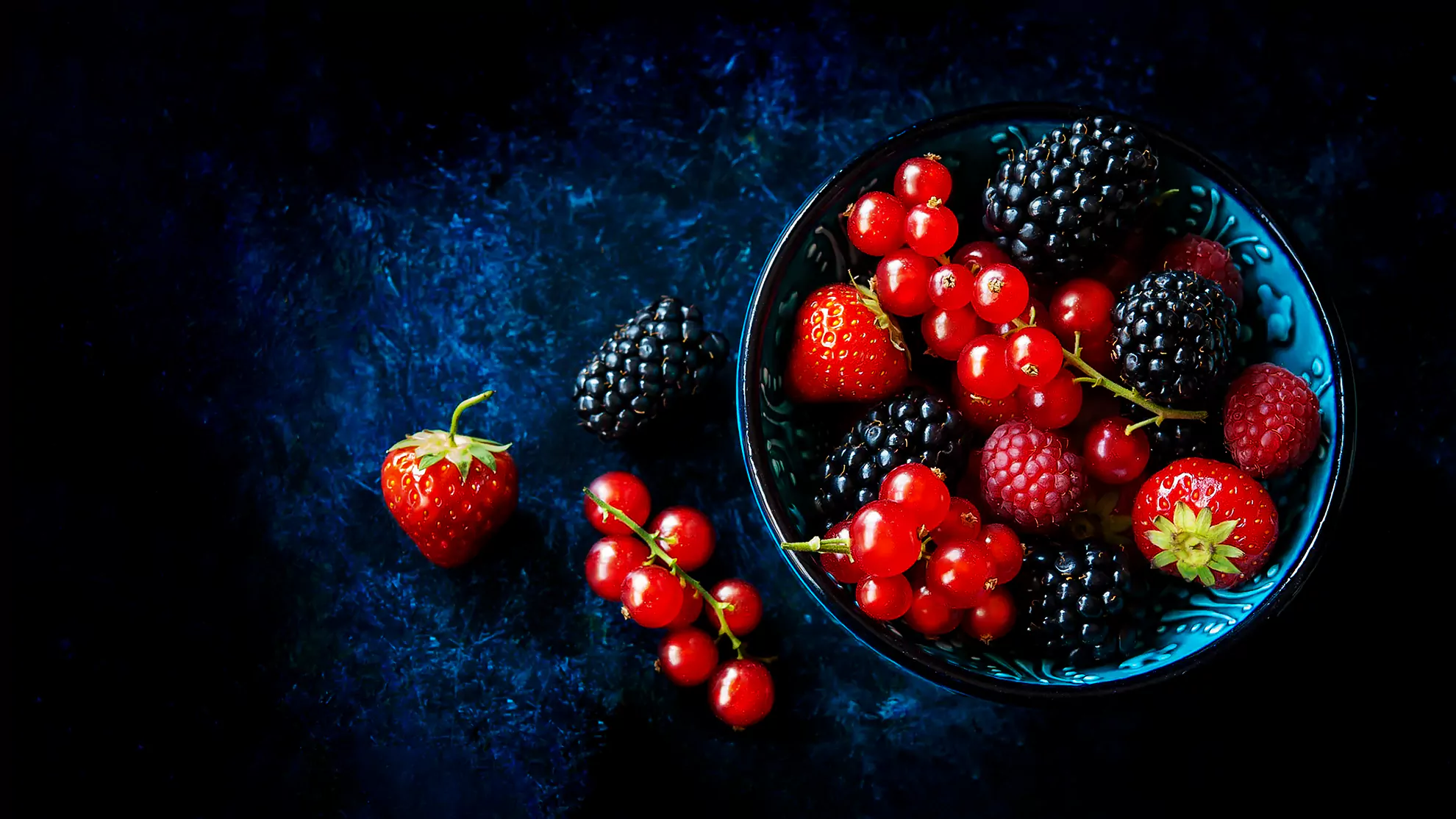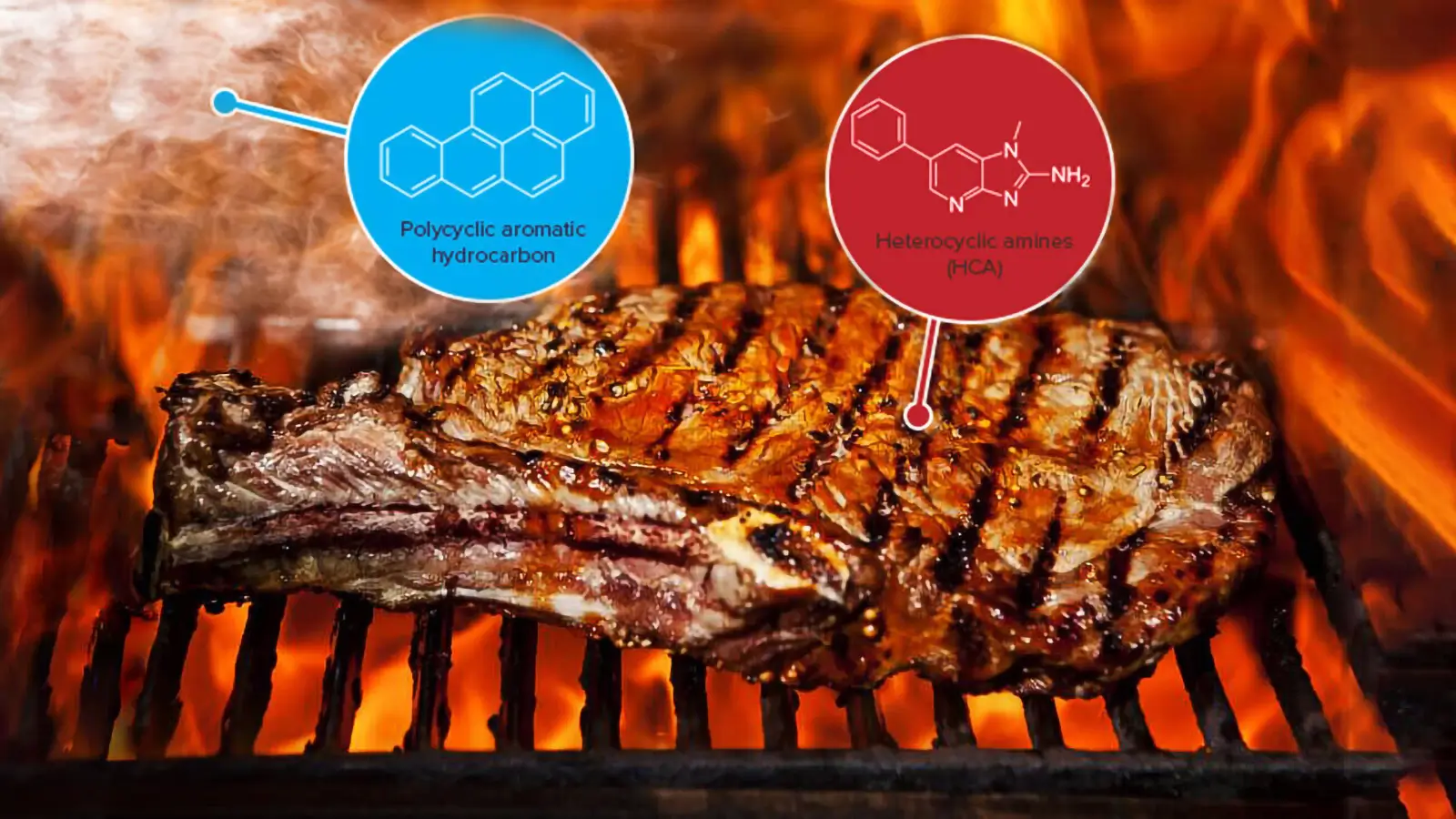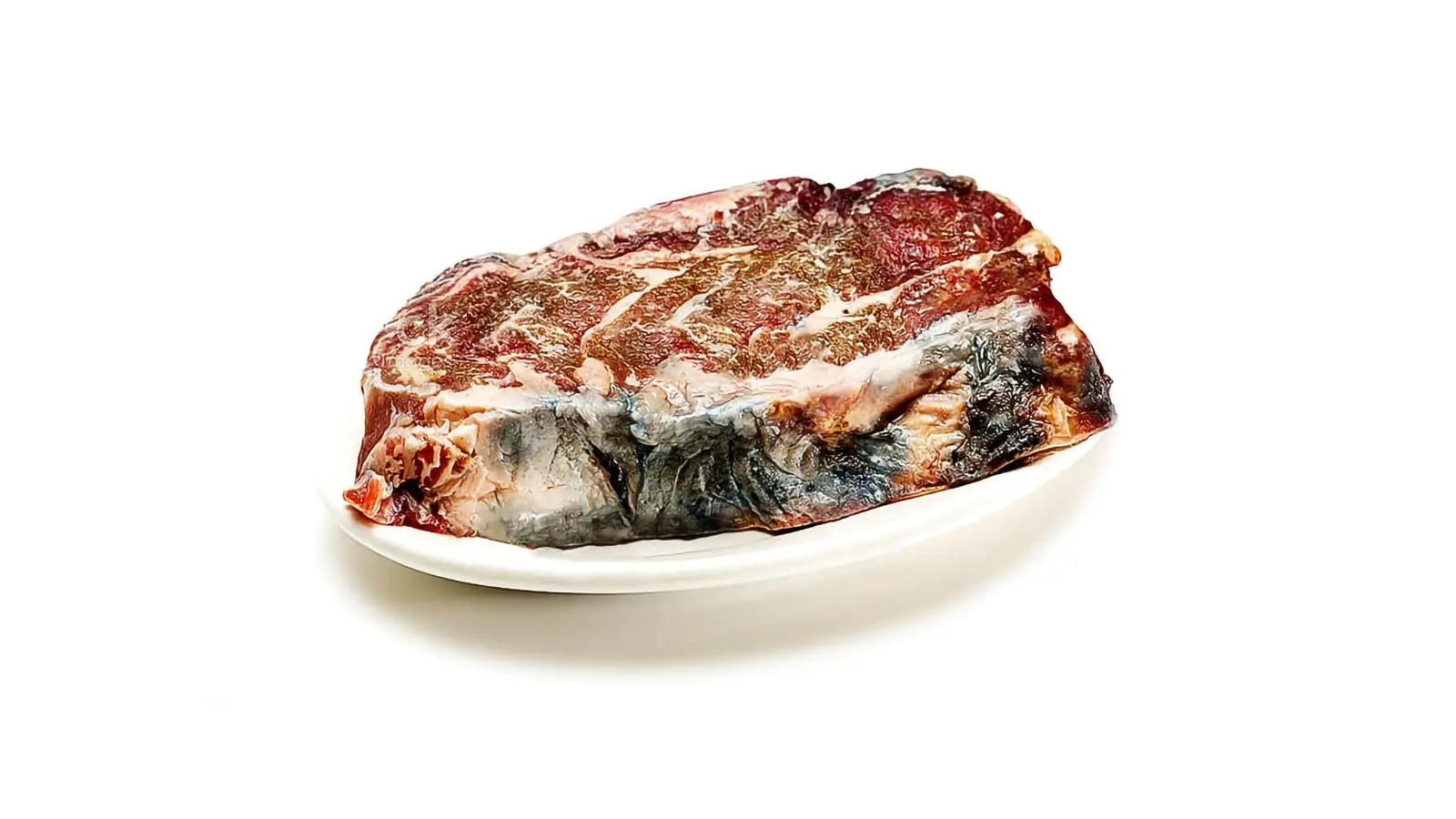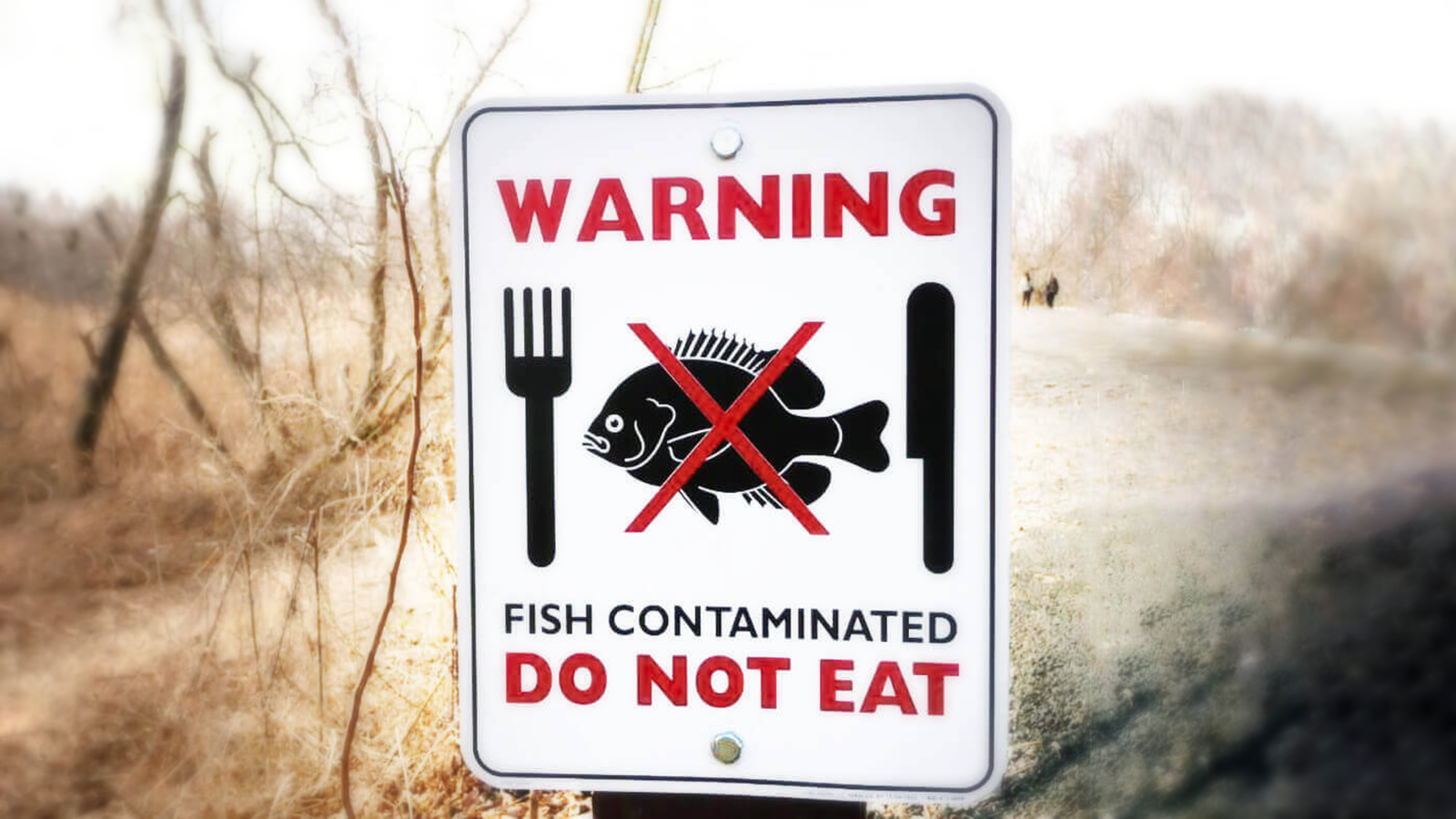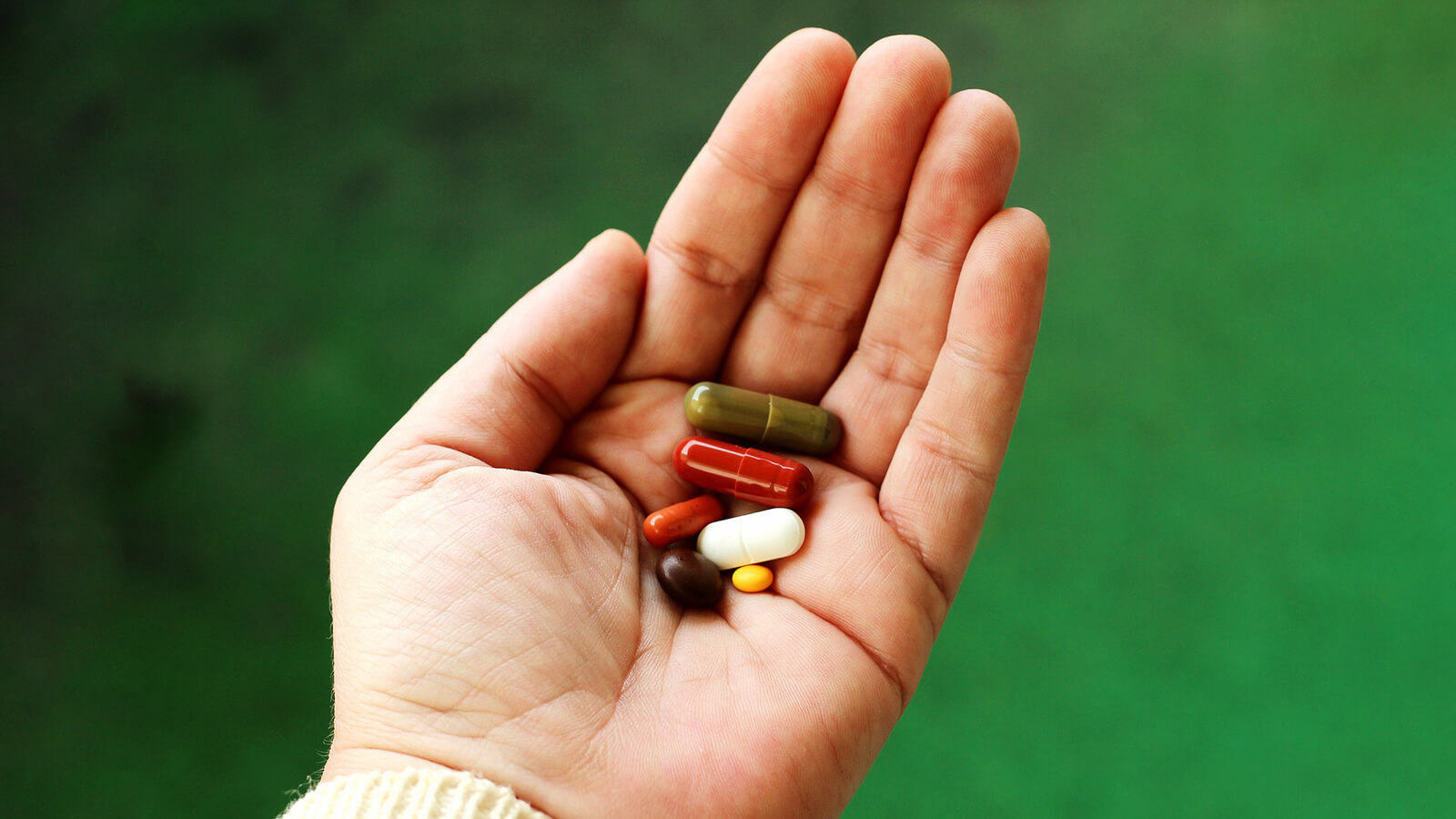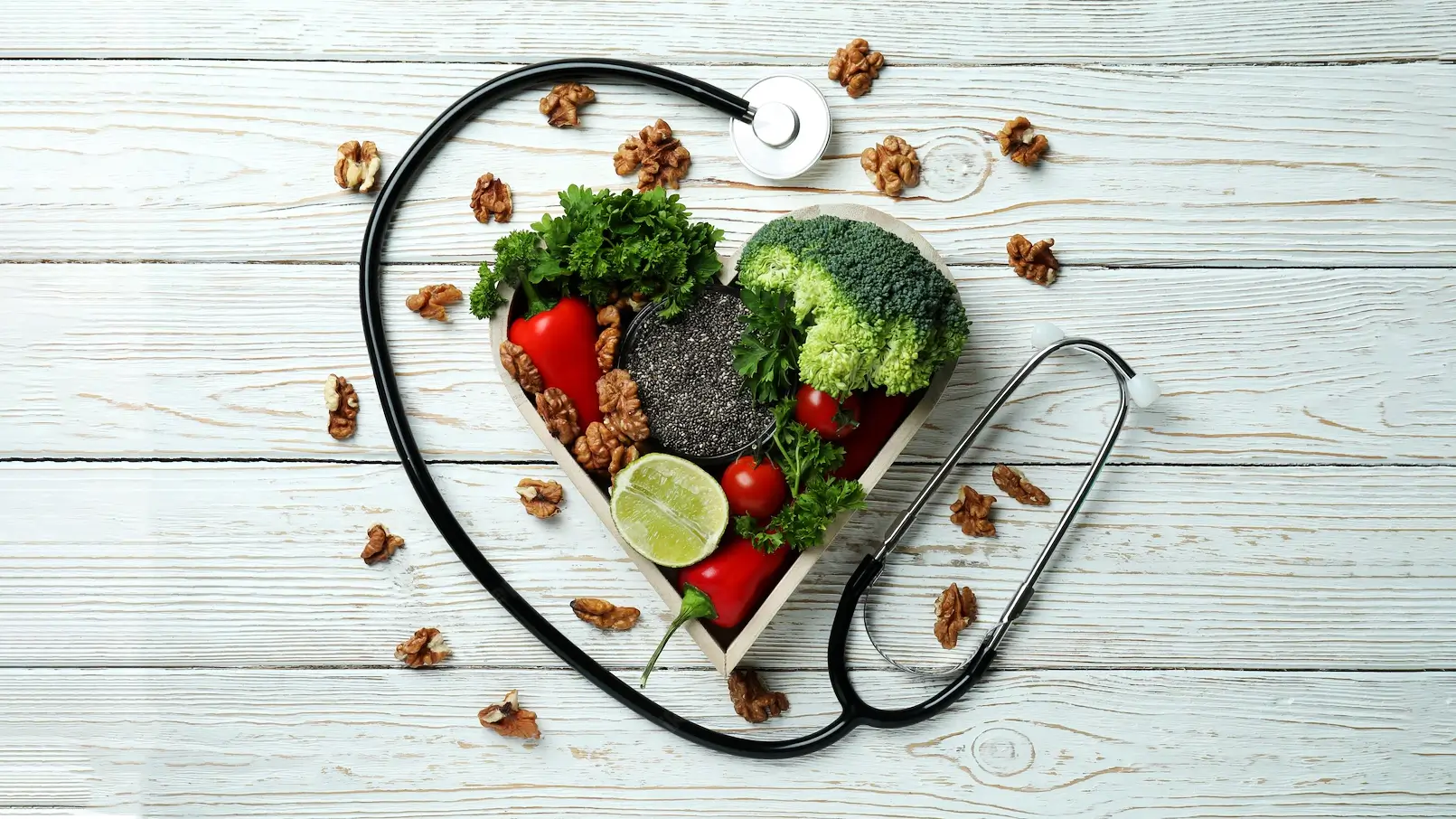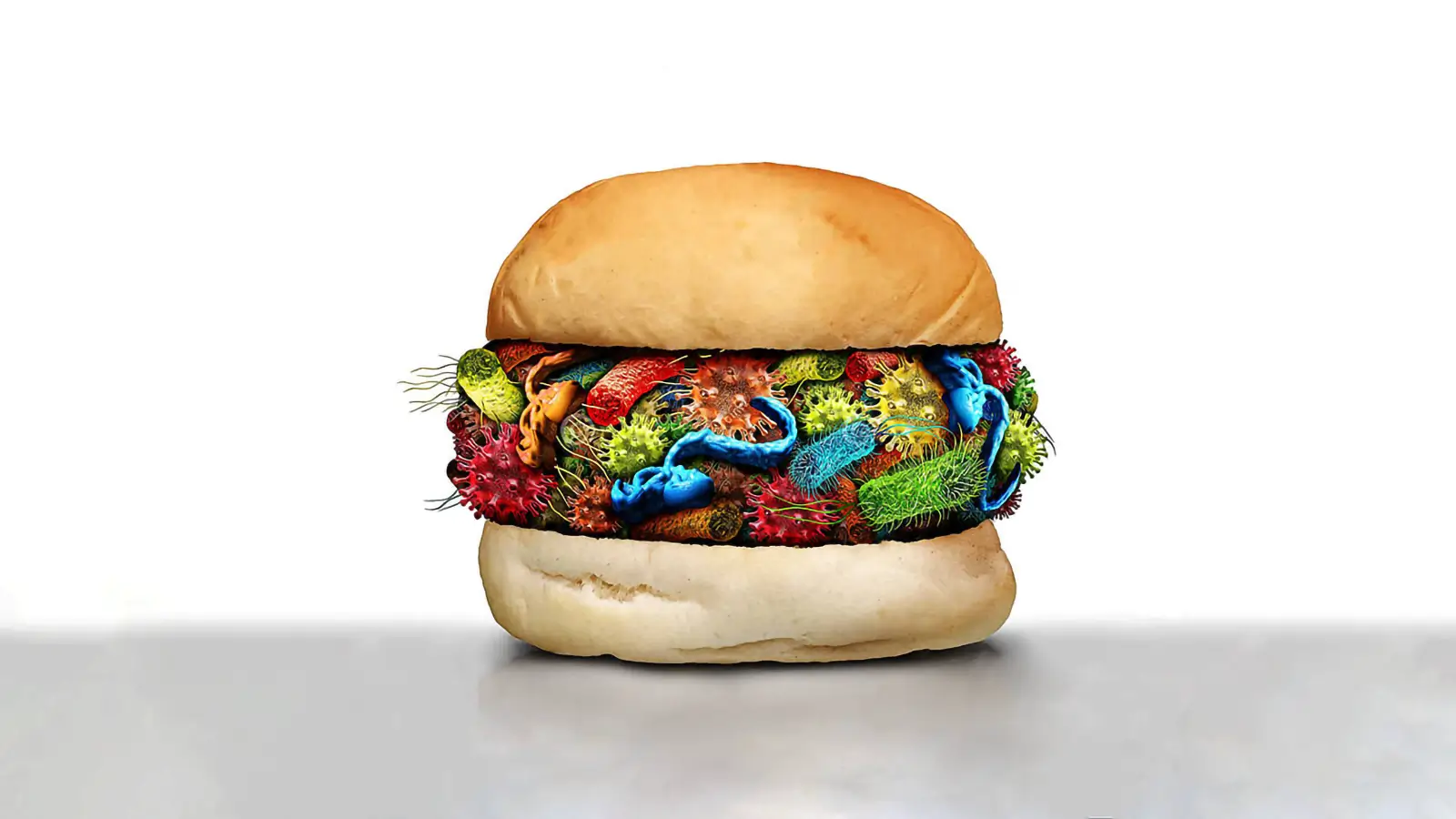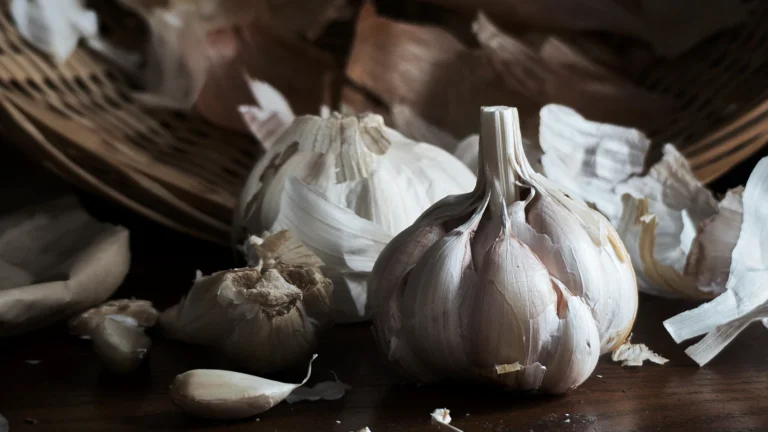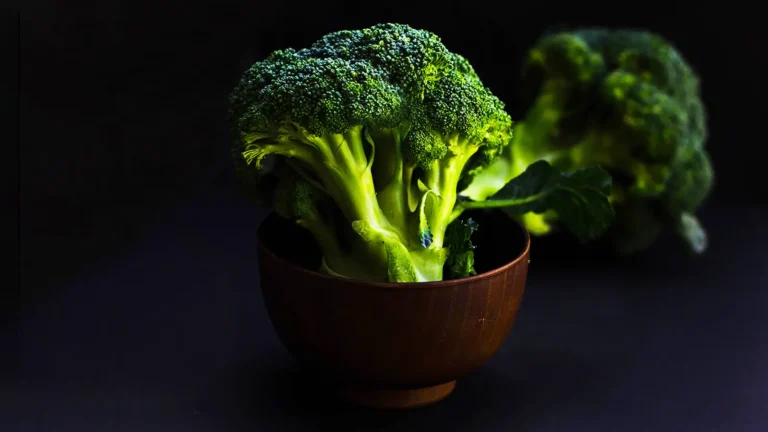La Inflamación y la Dieta- Argumento Vegana
Hemos evolucionado para recibir una ráfaga de antioxidantes protectoras cuando comemos pero no están presentes en la carne. La inflamación y la dieta tienen un alto nivel de correlación.
Milos Pokimica
Escrito por: Milos Pokimica
Revisado Médicamente Por: Dr. Xiùying Wáng, M.D.
Actualizado el 9 de junio de 2023Cuando nuestro ADN se daña, sea cual sea la causa (toxinas, radicales libres, virus, etc.), el efecto visible sería un aumento de la inflamación. La respuesta inflamatoria es el mecanismo defensivo de nuestro cuerpo. No es lo mismo que una infección y la gente suele mezclar ambas cosas. Los patógenos crearán inflamación como respuesta defensiva del sistema inmunológico de nuestro cuerpo, pero no son la fuente de la inflamación. La inflamación y la dieta también están correlacionadas. La fuente de la inflamación es el daño del ADN. Cualquier cosa que dañe nuestras células es pro-inflamatoria, incluyendo patógenos, radicales libres y sustancias tóxicas de diferentes tipos. Si nuestro sistema inmunitario funciona mal y empieza a atacar a nuestras propias células, el efecto visible será un aumento de la inflamación.
Todos tenemos algún nivel de inflamación normal todo el tiempo y sufrimos daños en el ADN continuamente. Esa es la razón por la que los médicos hablan de marcadores de inflamación en el cuerpo. Tienen un rango que se considera normal. Hay daño oxidativo que es el resultado del metabolismo natural de la energía de las células, hay un nivel bajo de patógenos con los que nuestro sistema inmunológico trata a diario y siempre hay algunas toxinas que están presentes en nuestro cuerpo. Esta inflamación "normal" causará una enfermedad que conocemos como proceso de envejecimiento.
Además, todos podemos tener una inflamación aguda (de corta duración) por diferentes motivos. Por ejemplo, podemos contraer una infección bacteriana. Nos causaría dolor y otros síntomas y seríamos conscientes de ello.
Pero existe otro tipo de inflamación. El tipo que combina ambas. Y esa es la inflamación crónica (permanente) por encima de los niveles normalmente aceptados que podría estar presente sin dolor o efectos visibles durante un largo periodo de tiempo. Seguiría ahí y tendríamos un aumento en el daño de nuestro ADN y como resultado, en la etapa final, tendríamos alguna enfermedad como consecuencia. Por ejemplo, podríamos contraer cáncer o simplemente aumentar nuestro ritmo de envejecimiento.s
Cuanto mayor sea la inflamación general, mayor será el daño en el ADN, más corta será la vida y mayor la probabilidad de enfermedad. Lo ideal sería que no tuviéramos inflamación ni daños en el ADN y que viviéramos para siempre, pero eso no es posible debido al metabolismo celular normal.
Casi todas las enfermedades crónicas están asociadas a la inflamación crónica, desde el cáncer a las enfermedades autoinmunes, la diabetes y las enfermedades cardiovasculares, y básicamente la mayoría de las enfermedades que se han probado.
Esto se debe, y la gente no lo entiende, a que la inflamación no es una enfermedad en sí misma. Es sólo una reacción defensiva del cuerpo. Es un biomarcador que nos dice cuánta destrucción de nuestro ADN tenemos en nuestro interior. Es una respuesta del sistema inmunológico que se puede bajar artificialmente con medicamentos antiinflamatorios. Bajar la inflamación artificialmente si no nos ocupamos de las enfermedades autoinmunes y del mal funcionamiento del sistema inmunológico sólo empeorará las cosas. Sería lo mismo que bajar la temperatura corporal cuando tenemos gripe. ¿Haría eso que el virus de la gripe desapareciera o sólo debilitaría el mecanismo defensivo de nuestro sistema inmunitario?
Cuando tratamos la inflamación crónica tenemos que eliminar las causas de raíz de ese daño en el ADN, no sólo la inflamación.
La forma en que la dieta puede causar un aumento de la inflamación se debe a dos razones principales.
- De por sí es proinflamatorio, lo que significa que tiene toxinas, sustancias químicas, bacterias muertas y mutágenos.
- Si no provoca un pico de inflamación por sí mismo, tampoco evita la inflamación.
Los productos de origen animal provocarán ambos efectos.
Una gran parte, alrededor del 70%, de nuestro sistema inmunitario se encuentra en el intestino y en la mayoría de los ganglios linfáticos. Hay miles de tipos diferentes de bacterias en nuestros intestinos, pero hay dos grandes tipos básicos. Los dos grandes grupos son diferentes entre sí. Las probióticas metabolizan la fibra y viven en simbiosis con nuestro organismo y las que descomponen la carne. Si las bacterias se alimentan de carne, en cierto sentido nuestro tejido también es un trozo de carne. A diferencia de los carnívoros, hemos evolucionado durante millones de años de evolución para comer alimentos vegetales enteros ricos en fibra. Cuando comemos fibra alimentamos a las bacterias probióticas y éstas se multiplican.
No son tan agresivas para nuestro organismo. El sistema inmunitario tendrá más facilidad para combatirlas, no segregarán endotoxinas peligrosas al torrente sanguíneo y habrá menos daños en general y disminuirá la inflamación (Awika y otros, 2018), (Telle-Hansen y otros, 2018). El resultado del consumo de fibra es un aumento de la salud y una disminución de la inflamación, mientras que los productos animales alimentarán a las bacterias que putrefactan la carne y aumentarán la inflamación. Comer carne y proteínas animales creará un mayor nivel de inflamación en el intestino sólo por ese mecanismo.
También hay algunas toxinas y contaminantes que están presentes en la carne debido a la bioacumulación en la cadena alimentaria. Todas las toxinas presentes en el medio ambiente, sean o no de origen humano, resistentes al calor y químicamente estables, se bioacumulan. Los organismos son como filtros. Filtran todo lo que existe, tanto lo bueno como lo malo. La situación no sería tan mala, pero hay un proceso más llamado biomagnificación. Todos conocemos la acumulación de mercurio en el atún (Wu y otros, 2019), microplásticos (Barboza y otros,2018), o pesticidas (Zennegg, 2018). Hay cientos de miles de diferentes contaminantes ambientales persistentes conocidos hasta ahora que se acumulan en los tejidos. Si tenemos en cuenta la cadena alimentaria, la acumulación de toxinas es cientos de veces peor a medida que ascendemos (Gasull et al.,2011). Lo que ocurre es que cuando un pez grande se come a un pez pequeño, todas sus toxinas pasan al pez grande. Comer alimentos vegetales es esencialmente la única manera de reducir nuestra carga tóxica, además de las intervenciones de estilo de vida como dejar de fumar y evitar el alcohol y otras sustancias tóxicas. Más del 70% de todos los pesticidas que obtenemos de una dieta, y la gente no lo entiende, se ingieren a través del consumo de carne. Los piensos también se rocían y los pesticidas se acumulan en los tejidos animales y son resistentes al calor. Lavar las manzanas para evitar comerlas no es eficaz si en nuestra dieta predominan los productos animales. Estas toxinas persistentes son liposolubles y no pueden metabolizarse ni descomponerse.
Llevar una dieta vegana, o en otras palabras, una dieta baja en la cadena alimenticia es por lo tanto protectora porque cuando vamos bajos en la cadena alimenticia disminuiremos nuestra carga tóxica y disminuiremos el daño a nuestro ADN, y tendríamos menor inflamación.
Una razón más por la que los productos animales y no los alimentos vegetales son mucho más inflamatorios son las bacterias muertas. Hay un alto nivel de bacterias putrefactas en la carne y lo que la gente no entiende es que aunque las matemos cocinándolas siguen siendo tóxicas. Las bacterias serán destruidas pero no completamente y quedarán trozos de ellas y no podremos cocinarlas más. Algunos de los venenos más peligrosos del mundo son estas endotoxinas de las bacterias de la carne muerta. Son liposolubles y serán absorbidas por nuestro cuerpo tras el consumo de carne creando inflamación (López-Moreno et al., 2017).
Además, el proceso de cocción de la carne y la proteína animal creará mutágenos por sí mismo al romper la estructura molecular de los aminoácidos y aumentará la inflamación.
Además de ser proinflamatorios por sí mismos, la segunda razón más importante por la que los productos animales son inflamatorios es que no contienen antioxidantes antiinflamatorios ni otros fitoquímicos. Nuestro cuerpo ha evolucionado para esperar una explosión de antioxidantes cada vez que comemos. Naturalmente, la comida es un paquete y en los alimentos integrales no sólo hay calorías, sino también fibra, micronutrientes como vitaminas y minerales, y muchos antioxidantes. Nuestro cuerpo ha evolucionado para recibir una ráfaga de antioxidantes protectores cada vez que comemos, pero no están presentes en los alimentos de origen animal. El resultado final es un aumento postprandial (después de comer) de la inflamación (Meessen y otros, 2019).
Una dieta vegana, a diferencia de una dieta americana estándar dominada por la carne, normalmente sólo será neutra y no infligirá daños directamente. Por ejemplo, azúcar refinadoEl almidón, la harina refinada y el aceite refinado son todos veganos, y no causarán directamente picos graves de inflamación. No alimentarían bacterias peligrosas en el intestino. No serían directamente proinflamatorios al mismo nivel que la carne, pero al mismo tiempo tampoco evitarían la inflamación. Habría un aumento postprandial del daño oxidativo debido al metabolismo celular regular y a la creación de daño por radicales libres en el cuerpo. La forma en que nuestro cuerpo ha evolucionado para combatir las toxinas y el daño de los radicales libres en el ADN es utilizar antioxidantes y otros nutrientes que se encuentran en los alimentos. Mi recomendación es tener al menos 25.000 unidades de antioxidantes en la escala ORAC al día para los veganos, y para los no veganos, necesitará mucho más que eso sólo para luchar contra el aumento postprandial del daño oxidativo de todos los productos animales que está comiendo. Además toxinas en el medio ambiente y mutágenos, además de que la mayoría de nosotros tenemos algunos malos hábitos como fumar y beber. Este artículo se ha escrito sólo como una forma de introducción al tema para que la gente tenga una comprensión básica de estas cuestiones.
Una dieta vegana sólo por sí misma como forma de alimentación es pura basura. Tanto el aceite como el azúcar son productos veganos. Una dieta integral basada en plantas con niveles optimizados de micronutrientes es la única dieta que puede ayudarnos a reducir la inflamación crónica y prevenir una amplia gama de enfermedades.
El factor de riesgo más importante del cáncer, nuestra segunda causa de muerte, es la inflamación crónica y el deterioro del sistema inmunitario. La mayoría de la población actual tiene altos niveles de inflamación crónica. Además, a gran escala, la población carece de algunos micronutrientes esenciales (esenciales y algunos micronutrientes importantes no esenciales, no calóricos) y antioxidantes.
Por un lado, tenemos compuestos inflamatorios, toxinas y mutágenos, pero por otro carecemos de micronutrientes y antioxidantes. Además, existe una elevación crónica de hormonas promotoras del cáncer como el IGF-1 y el estrógeno.
Referencias:
- Awika, J. M., Rose, D. J., & Simsek, S. (2018). Efectos complementarios de los polifenoles de cereales y legumbres y la fibra dietética sobre la inflamación crónica y la salud intestinal. Alimentación, 9(3), 1389-1409. https://doi.org/10.1039/c7fo02011b
- Telle-Hansen, V. H., Holven, K. B., & Ulven, S. M. (2018). Impacto de un patrón dietético saludable en la microbiota intestinal y la inflamación sistémica en humanos. Nutrientes, 10(11), 1783. https://doi.org/10.3390/nu10111783
- Wu, P., Kainz, M. J., Bravo, A. G., Åkerblom, S., Sonesten, L., & Bishop, K. (2019). La importancia de la bioconcentración en la base de la red alimentaria pelágica para la biomagnificación del metilmercurio: Un metaanálisis. La ciencia del medio ambiente total, 646, 357-367. https://doi.org/10.1016/j.scitotenv.2018.07.328
- Barboza, L. G. A., Dick Vethaak, A., Lavorante, B. R. B. O., Lundebye, A. K., & Guilhermino, L. (2018). Desechos microplásticos marinos: Un problema emergente para la seguridad alimentaria, la seguridad alimentaria y la salud humana. Boletín sobre contaminación marina, 133, 336-348. https://doi.org/10.1016/j.marpolbul.2018.05.047
- Zennegg M. (2018). Dioxinas y PCB en la carne: ¿siguen siendo motivo de preocupación? Chimia, 72(10), 690-696. https://doi.org/10.2533/chimia.2018.690
- Gasull, M., Bosch de Basea, M., Puigdomènech, E., Pumarega, J., & Porta, M. (2011). Análisis empíricos de la influencia de la dieta en las concentraciones humanas de contaminantes orgánicos persistentes: una revisión sistemática de todos los estudios realizados en España. Medio ambiente internacional, 37(7), 1226-1235. https://doi.org/10.1016/j.envint.2011.05.008
- López-Moreno, J., García-Carpintero, S., Jiménez-Lucena, R., Haro, C., Rangel-Zúñiga, O. A., Blanco-Rojo, R., Yubero-Serrano, E. M., Tinahones, F. J., Delgado-Lista, J., Pérez-Martínez, P., Roche, H. M., López-Miranda, J., & Camargo, A. (2017). Efecto de los Lípidos de la Dieta en la Endotoxemia Influye en la Respuesta Inflamatoria Postprandial. Diario de la química agrícola y alimentaria, 65(35), 7756-7763. https://doi.org/10.1021/acs.jafc.7b01909
- Meessen, E. C. E., Warmbrunn, M. V., Nieuwdorp, M., & Soeters, M. R. (2019). Metabolismo de nutrientes posprandiales humanos e inflamación de bajo grado: Una revisión narrativa. Nutrientes, 11(12), 3000. https://doi.org/10.3390/nu11123000
Contenidos Relacionados
¿Tienes alguna duda acerca de la nutrición y la salud?
Me encantaría saber de usted y responderlas en mi próxima publicación. Agradezco sus aportes y opiniones y espero tener noticias suyas pronto. También te invito a síguenos en Facebook, Instagram y Pinterest para más contenidos sobre dieta, nutrición y salud. Puedes dejar un comentario allí y conectar con otros entusiastas de la salud, compartir tus consejos y experiencias, y recibir apoyo y ánimo de nuestro equipo y nuestra comunidad.
Espero que este post le haya resultado informativo y ameno y que esté preparado para aplicar los conocimientos adquiridos. Si le ha resultado útil, por favor compártelo con tus amigos y familiares que también podrían beneficiarse de ella. Nunca se sabe quién puede necesitar orientación y apoyo en su camino hacia la salud.
– También Te Puede Interesar –

Aprenda Sobre Nutricion
Milos Pokimica es doctor en medicina natural, nutricionista clínico, escritor sobre salud médica y nutrición y asesor en ciencias de la nutrición. Autor de la serie de libros Go Vegan? Revisión de la Ciencia, también dirige el sitio web sobre salud natural GoVeganWay.com.
Descargo De Responsabilidad Médica
GoVeganWay.com le ofrece reseñas de las últimas investigaciones relacionadas con la nutrición y la salud. La información proporcionada representa la opinión personal del autor y no pretende ni implica sustituir el asesoramiento, diagnóstico o tratamiento médico profesional. La información proporcionada tiene fines informativos únicamente y no pretende sustituir la consulta, el diagnóstico y/o el tratamiento médico de un médico o proveedor de atención médica calificado.NUNCA ignore el CONSEJO MÉDICO PROFESIONAL O RETRASAR la BÚSQUEDA de TRATAMIENTO MÉDICO a CAUSA DE ALGO QUE HAYA LEÍDO EN O accesibles a TRAVÉS de GoVeganWay.com
NUNCA APLICAR CUALQUIER cambio de ESTILO de vida O CAMBIOS EN su totalidad COMO UNA CONSECUENCIA DE ALGO QUE HA LEÍDO EN GoVeganWay.com ANTES de CONSULTAR con LICENCIA PROFESIONAL MÉDICO.
En el caso de una emergencia médica, llame a un médico o al 911 inmediatamente. GoVeganWay.com no se recomienda ni aprueba ninguna de los grupos, las organizaciones, las pruebas, los médicos, productos, procedimientos, opiniones u otra información que pueda ser mencionado en el interior.
Selecciones del editor –
Milos Pokimica es escritor especializado en salud y nutrición y asesor en ciencias nutricionales. Autor de la serie de libros Go Vegan? Revisión de la Ciencia, también dirige el sitio web sobre salud natural GoVeganWay.com.
Últimos artículos -
Top Noticias De Salud — ScienceDaily
- Scientists find dark chocolate ingredient that slows agingen diciembre 12, 2025
Scientists have uncovered a surprising link between dark chocolate and slower aging. A natural cocoa compound called theobromine was found in higher levels among people who appeared biologically younger than their real age.
- Nerve injuries can trigger hidden immune changes throughout the entire bodyen diciembre 12, 2025
Researchers discovered that nerve injuries can alter the immune system throughout the body, and males and females react very differently. Male mice showed strong inflammatory responses, while females showed none, yet both transmitted pain-inducing signals through their blood. These findings reveal previously unknown pathways driving pain, especially in females. The work points toward new opportunities for personalized chronic pain therapies.
- NAD+ supplement shows early promise for long COVID fatigue and brain fogen diciembre 12, 2025
Long COVID still affects people worldwide with stubborn symptoms like fatigue and cognitive issues. A clinical trial tested whether boosting NAD+ using nicotinamide riboside could help. Although overall group differences were limited, many participants showed encouraging improvements after taking NR for at least 10 weeks. The findings suggest NAD+ enhancement may offer symptom relief for some individuals.
- Stressed rats keep returning to cannabis and scientists know whyen diciembre 11, 2025
Rats with naturally high stress levels were far more likely to self-administer cannabis when given access. Behavioral testing showed that baseline stress hormones were the strongest predictor of cannabis-seeking behavior. Lower cognitive flexibility and low endocannabinoid levels also contributed to increased use. The results hint at possible early indicators of vulnerability to drug misuse.
- Even moderate drinking carries a bigger cancer risk than you thinken diciembre 11, 2025
Researchers found that both how often and how much someone drinks significantly shape their cancer risk, even at moderate levels. Vulnerability varies across groups, with genetics, socioeconomic status, obesity, and lifestyle behaviors amplifying harm. The review also uncovered gender differences, beverage-specific risks, and biological pathways that intensify cancer development.
- Scientists uncover a hidden protein behind deadly mystery diseasesen diciembre 11, 2025
Scientists discovered that the protein RPA plays a critical and previously unconfirmed role in stimulating telomerase to maintain long, healthy telomeres. When RPA malfunctions, telomeres can shorten dangerously, leading to serious diseases.
- Gene-edited CAR-T cells erase aggressive T-cell leukemiaen diciembre 11, 2025
A cutting-edge therapy using base-edited immune cells is offering a major breakthrough for patients with one of the toughest forms of blood cancer, T-cell acute lymphoblastic leukaemia. By precisely rewriting tiny sections of DNA, scientists at UCL and Great Ormond Street Hospital created universal CAR T-cells capable of targeting the cancer without harming themselves—a long-standing challenge in T-cell–based therapies. Early trial results show deep, long-lasting remissions, including in […]
PubMed, #Dieta vegana –
- Healthful and Unhealthful Plant-Based Diets and Their Association with Cardiometabolic Targets in Women Diagnosed with Breast Cancer: A Cross-Sectional Analysis of a Lifestyle Trialen diciembre 11, 2025
CONCLUSIONS: Maintaining cardiometabolic risk factors within normal ranges is clinically relevant in BCS, and this may be more likely when a plant-based diet is consumed, especially if low in unhealthy plant foods.
- Dietary and Lifestyle Patterns and Their Associations with Cardiovascular and Inflammatory Biomarkers in Vegans, Vegetarians, Pescatarians, and Omnivores: A Cross-Sectional Studyen diciembre 11, 2025
Background: Plant-based diets are associated with reduced cardiometabolic risk, yet the influence of lifestyle behaviors on these benefits remains insufficiently understood. Objective: To assess the combined impact of dietary patterns and lifestyle behaviors on body composition, lipid profiles, and inflammatory biomarkers in healthy young adults. Methods: In this cross-sectional study, 155 participants aged 18-39 years were categorized into four dietary groups: vegans (n = 48), vegetarians (n […]
- Functional and Nutritional Properties of Lion’s Mane Mushrooms in Oat-Based Desserts for Dysphagia and Healthy Ageingen diciembre 11, 2025
Hericium erinaceus (Lion’s Mane mushroom) is a medicinal species recognised for its neuroprotective and antioxidant properties. This study investigated its potential as a functional ingredient in oat milk-based desserts formulated for individuals with dysphagia. Freeze-dried Lion’s Mane powder (LMP), containing high-quality protein (~16%, amino acid score 88%), dietary fibre (~31%), and phenolic compounds (72.15 mg GAE/g), was incorporated at varying levels using gelatin or iota-carrageenan […]
- “A football team with no midfield”: A qualitative analysis of anti-vegan stigma in Italyen diciembre 7, 2025
A growing body of research has demonstrated the prevalence of unfavourable attitudes towards individuals who adhere to a vegan diet and has provided empirical evidence to support the existence of an anti-vegan ideology. The present study aims to contribute to extant knowledge by examining the social perception of veganism and vegans in Italy. Italy is a nation characterised by a traditional culture of food that serves as a significant catalyst for collective identification and national pride….
- Plant-based dietary index on the Mediterranean and a vegan diet: a secondary analysis of a randomized, cross-over trialen diciembre 5, 2025
CONCLUSION: These findings suggest that, replacing animal products even with the “unhealthful” plant-based foods on a vegan diet was associated with weight loss.
Publicaciones aleatorias –
Publicaciones destacadas -

La última versión desde PubMed, #Dieta basada en plantas –
- Bioactive Nutritional Components Within the Planetary Health Diet for Preventing Sarcopenic Obesity and Diabetic Sarcopenia: A Systematic Reviewpor Lia Elvina en diciembre 11, 2025
CONCLUSIONS: PHD-aligned foods combining plant proteins, polyphenols, and fermented products strengthen nutrient sensing, mitochondrial efficiency, and cellular resilience, representing a sustainable nutritional framework for preventing and managing SO and DS.
- Ultra-Processed Foods Consumption, Mediterranean Diet Adherence and Sociodemographic Correlates in an Italian Adult Population: The UFO Surveypor Emilia Ruggiero en diciembre 11, 2025
Background: Although national surveys report increasing ultra-processed foods (UPFs) consumption, updated estimates for Italy are lacking. Given the central role of the Mediterranean Diet (MD), understanding how UPFs contribute to the contemporary Italian diet is essential. This study quantified UPF intake in a convenience sample of Italian adults and examined its main sociodemographic correlates, including MD adherence. Methods: A web-based cross-sectional survey was conducted among Italian…
- High-Salt Diets, Intestinal Barrier, and Hypertension: A Mechanistic Review and the Promise of Dietary Therapypor Wenhao Si en diciembre 11, 2025
Hypertension is a major public health problem worldwide, and high-salt diets are one of the main causes of hypertension. The intestinal mucosal immune system is the largest immune organ in vertebrates. Hypertension was associated with increased intestinal permeability and an inflammatory state. The bacterial communities attached to the intestinal mucosa played a significant role in the development and maturation of the autoimmune system, as well as inflammation and immunity to disease. In […]
- Health-Promoting Potential of the Mediterranean Diet and Challenges for Its Application in Aging Populationspor Marta Cianciabella en diciembre 11, 2025
The Mediterranean Diet (MD) is a lifestyle that involves not only dietary habits, well known for their effectiveness in preventing health risks by supplying well-balanced foods rich in bioactive compounds, but also daily habits that improve the quality of life. Older adults represent a segment of the population that can particularly benefit from this dietary pattern. However, the specific characteristics and needs of older individuals require a critical analysis of aspects that may limit…
- Association of Mediterranean Diet Scores with Psychological Distress in Pregnancy: The Japan Environment and Children’s Studypor Yuri Takahashi en diciembre 11, 2025
Background/Objectives: Perinatal mental disorders are important health issues that affect both mothers and their children. The Mediterranean diet (MD) is one of the most well-recognized healthy dietary patterns worldwide. Recent evidence suggests that MD may prevent or reduce the risk of perinatal mental disorders. This study investigated the association between MD adherence during pregnancy and psychological distress in a large cohort of Japanese births. Methods: Data were obtained from […]
- Protective Role of Ginsenoside F1-Enriched Extract (SGB121) in Metabolic Dysfunction-Associated Fatty Liver Disease (MAFLD)por Bo Yoon Chang en diciembre 11, 2025
Introduction/Objectives: Ginsenoside F1, a pharmacologically active saponin derived from Panax ginseng, exhibits diverse bioactivities, but its use is limited because it is difficult to purify and has high production costs. To overcome these challenges, a ginsenoside F1-enriched extract named SGB121 was developed. This study aimed to evaluate the therapeutic efficacy of SGB121 in a high-fat, high-carbohydrate (HFHC) diet-induced metabolic dysfunction-associated fatty liver disease (MAFLD) […]
